












- Line Magnetic LM-32DAC Digital to Analogue Converter
- Đơn vị: CÁI
- Giá: 57.900.000 vnđ
- Lượt xem: 4084
- Line Magnetic LM-32DAC sử dụng chip DAC cao cấp ESS 9028Pro SABRE và cho phép lựa chọn tín hiệu output dạng tube hoặc solid-state. PCM và DSD up 384KHz & DSD256
- Liên hệ
- Thông tin sản phẩm
- Bình luận
Line Magnetic LM-32DAC Digital to Analogue Converter
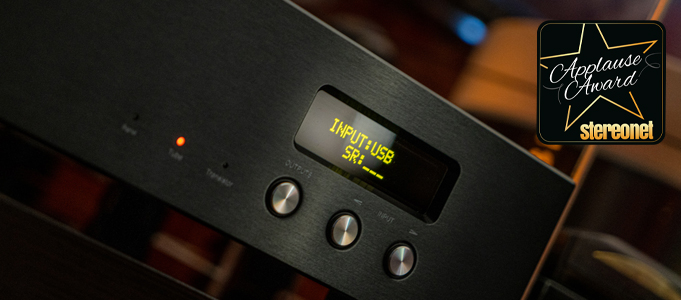
Mark Gusew auditions a nifty digital converter that offers a choice of either tube buffered or solid-state analogue outputs…
LINE MAGNETIC
LM-32DAC DAC
AUD $3,299 RRP

It’s often said that having tubes somewhere in your sound system can give it a pleasing, euphonic balance, or even a dose of musicality. Of course, many run hi-fi systems consisting solely of tube gear for this exact reason. Yet if you already use mostly solid-state components, the addition of a valve DAC or preamplifier is often beneficial. Line Magnetic Audio – a Chinese manufacturer that’s fast attracting a loyal following – has something that you may be interested in. The LM-32DAC is a digital-to-analogue converter that provides a choice of tube or solid-state output. As we shall discover, the two sound distinctly different…
No hi-fi component can ever succeed without a decent power supply, which is why this gets separate transformers for both analogue and digital stages. An EI type powers the former, a toroidal the latter. The digital section uses regular high-speed rectifiers, but the analogue stage is treated differently, with a single 6Z4 tube doing the rectification. The single large circuit board that looks after DC voltages, digital-to-analogue conversion and dual outputs is well laid out and uses good quality parts, along with the popular ESS 9028Pro SABRE DAC chip.
In terms of connectivity, this is a versatile unit with five digital inputs – AES/EBU, USB, TOSLINK optical, BNC and coaxial. Except for the USB input, data speeds are accepted up to 32-bit, 192kHz. The USB in uses an XMOS asynchronous design with an ultra-low-jitter clock and can run signals up to 32-bit, 384kHz, as well as up to DSD256. The handy front panel LCD shows the input frequency. It supports both USB Audio Class 1.0 and USB Audio Class 2.0, although if you are using a Windows computer, USB driver software will be required which are available for download from Line Magnetic’s website.
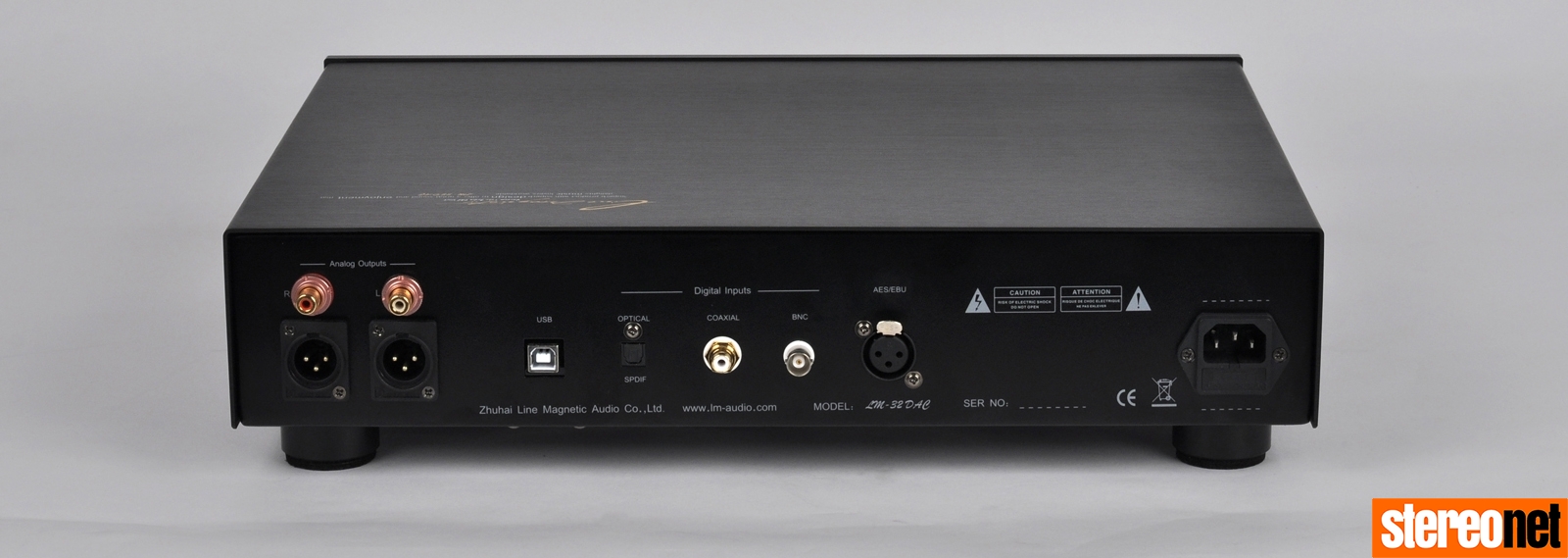
The front panel is simply laid out, with a power switch, input selection and an output selector that toggles between tube and solid-state outputs. The distributor assured me that you can expect between 5,000 and 10,000 hours of life from the two 12AU7 buffer tubes, and they can always be upgraded; they didn’t generate any excessive heat inside the casework. A pleasant two-line yellow dot matrix display completes the fascia design; there are no user-selectable filters, and it has a fixed level output, so a remote control is neither required nor provided.
To the rear of the LM-32DAC are its line-level analogue outputs, in both balanced XLR and unbalanced RCA guises. These connectors give a good impression of the overall quality of components used within the DAC. The unit weighs 6.7kg so feels quite substantial, and the metalwork is finished to a very high standard. This full-width 430x325x105mm design should look good on any equipment rack, and is only available in black.
For auditioning, I used an OPPO 203 CD player, Bluesound Node2i streamer and a Melco N1A music library with the LM-32DAC, via its TOSLINK, coaxial and USB inputs. It was also connected to a Line Magnetic LM-805iA integrated amplifier with good results, and my Cambridge Audio Edge A integrated amplifier for critical listening, via its balanced inputs. Loudspeakers were my trusty Revel F228Be full-range floorstanders.
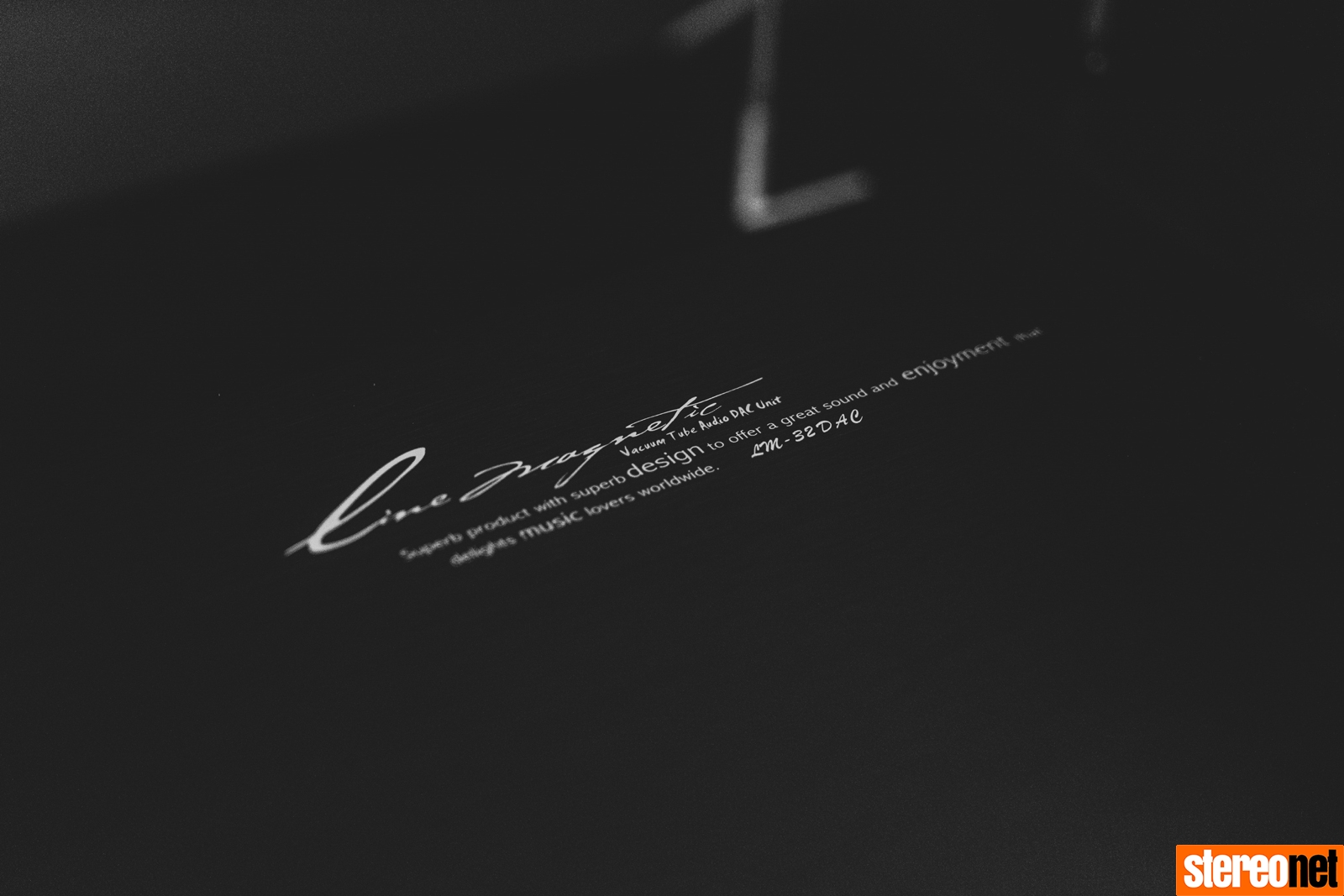
SOUND QUALITY
Line Magnetic’s LM-32DAC proved to be a fine-sounding product, with a musically inviting character that never ceased to please me. It serves up an enveloping sound that’s slightly tonally warm and very easy to listen to; it highlights textures and colour in the recording rather than going for outright speed or forensic accuracy. Another plus is the width and depth of the soundstage; the music is presented panoramically. There’s plenty of detail and resolution too, but without things sounding in the slightest bit analytical, dry or harsh.
Via the tube output, Windswept by Johnny Jewel came over in an even and tonally smooth way. The saxophone is treated to plenty of reverb in this track, the instrument’s brassiness still sounded appealing and harmonious. Switching to the solid-state output, subtly changed things. Although there was a slight shift in tonality, the way that fine detail was resolved was more noticeable. For example, I found that that the reverb tails of some of the instruments in the mix were now easier to follow, which helped the recording make more sense. Upon further listening, I noticed that the noise floor had dropped slightly, allowing more to be heard. The quoted signal-to-noise ratio is 92dB for the tube output and 98dB for solid-state, and that 6dB seemed quite apparent in my system. I felt that the latter played clean recordings with more subtlety, letting me hear more nuances in the music.
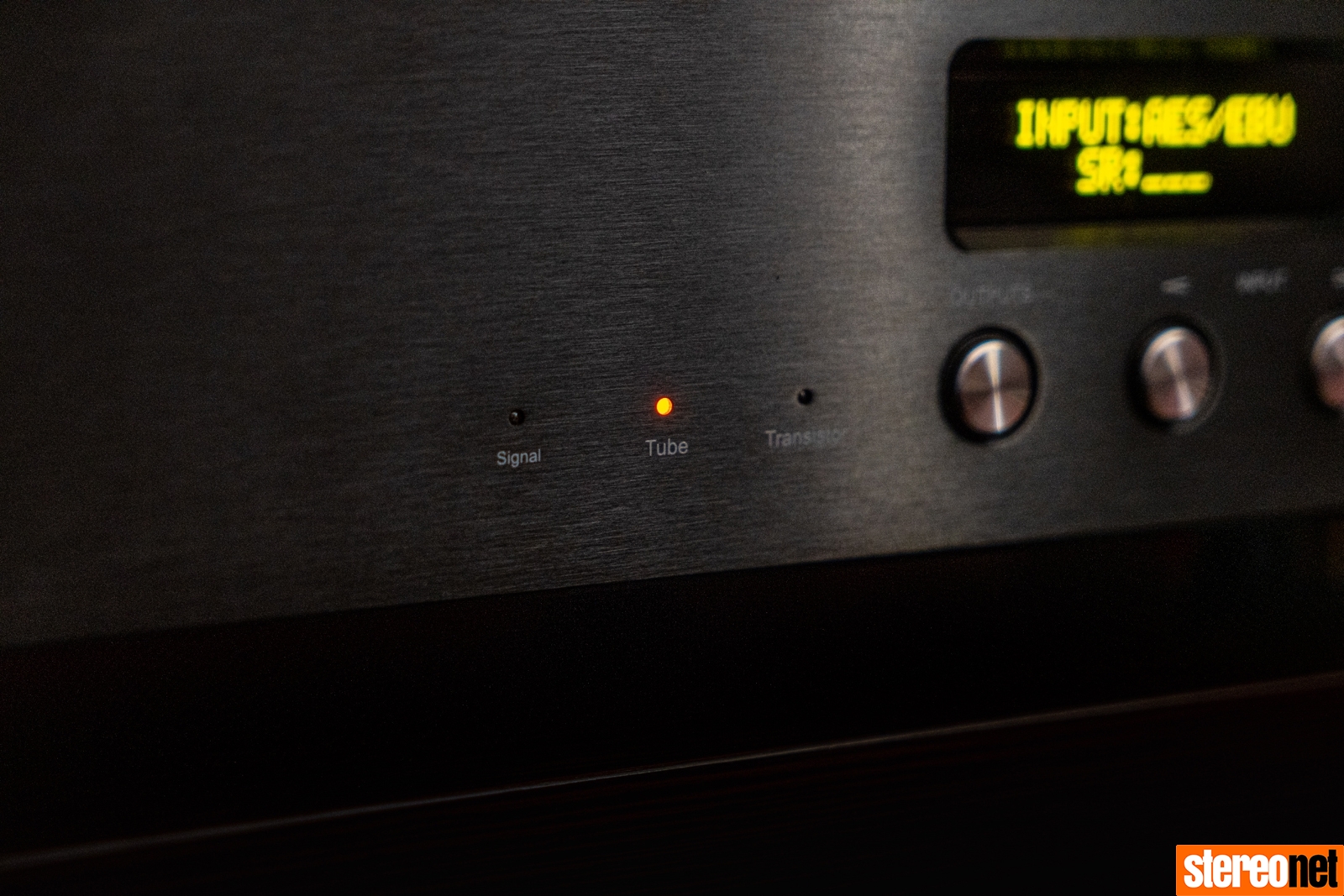
The other noticeable change when switching between tube and solid-state output stages was manifested in the scale of the soundstage. Here the tube setting presented a larger centre stage, with slightly better focus, and superior detail around the extreme edges as well. Personally, the way that a good sound system images and gives the feeling that the assembled performance is right in front of you is essential to me. So with a mode that generally yields a nicer fuller soundstage or one with lower noise and more detail, I found myself spoilt for choice. It’s nice to be given the option to choose according to the recording or mood. I preferred the tube output mostly, but that’s down to the programme material and indeed the system being played.
I do enjoy listening to Norah Jones, not because her music is used for hi-fi demonstrations, but because I love her voice and her style. Thinking About You is a particular favourite, with her vocal front and centre stage, with an awesome backing band that has been masterfully recorded. On this track, I preferred hearing it via the solid-state output, as the added detail of her band added to my enjoyment of the track. I also sensed that the bass was controlled a little better, laying a stronger underpinning to the mix. When she started singing the track with the word “yes-ter-day”, her phrasing was dynamic, and the DAC easily allowed the word – and indeed the whole song – to be sung with lifelike realism. It certainly wasn’t sterile or boring!
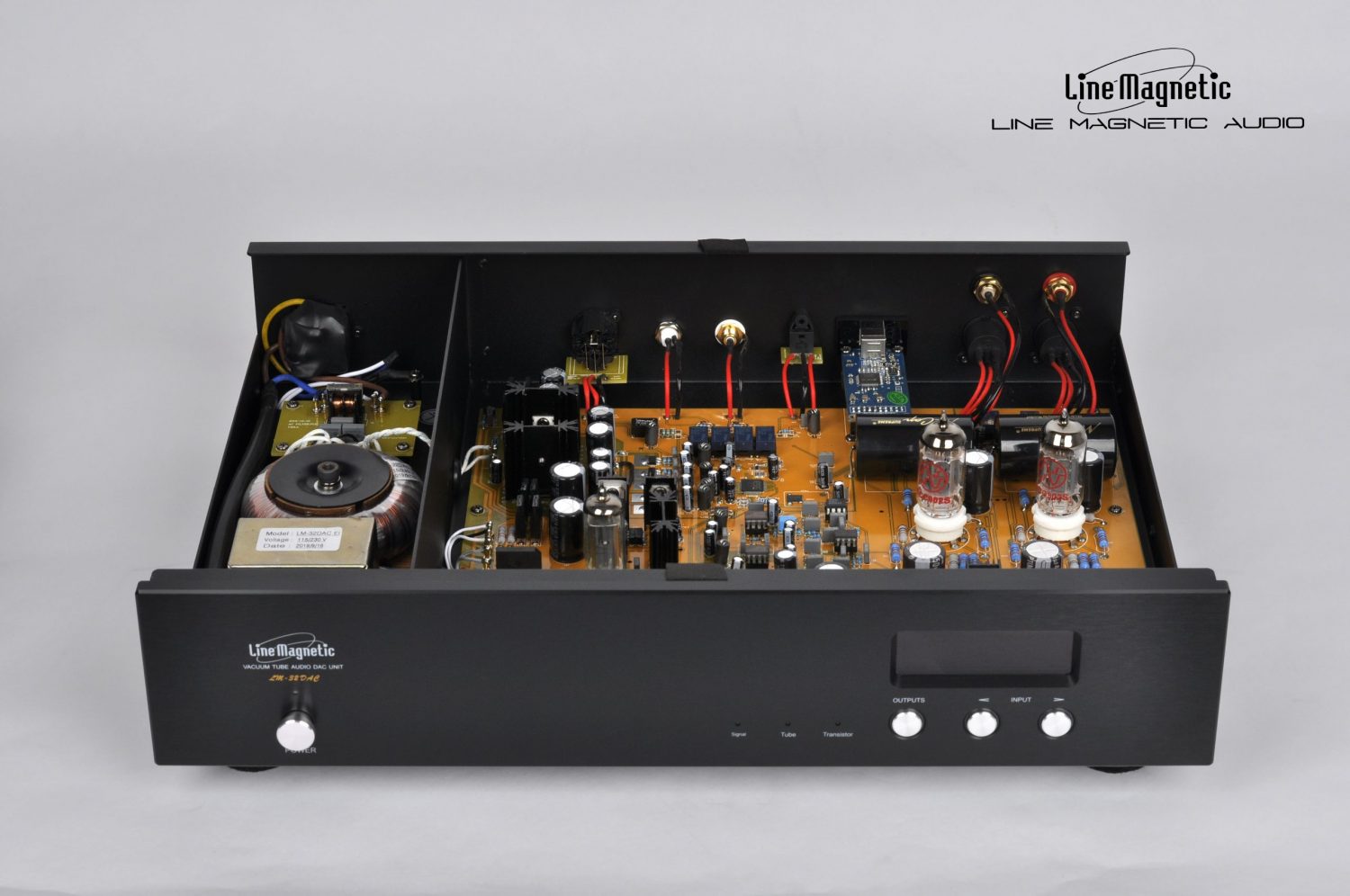
Unsurprisingly perhaps, I found that the balanced XLR output connection from the LM-32DAC into my amplifier sounded quite a bit better than the RCA output, delivering a richer and fuller sound with a larger, taller and more fleshed-out soundstage. If you only heard this DAC through the unbalanced output, you wouldn’t miss out too badly, but it’s just that bit better balanced via the XLRs. I also discovered that the sound signature of the Line Magnetic remained constant whilst using the various inputs – which is a sign of good design.
Comparing the LM-32DAC to a Burson Conductor X3 Performance digital converter that I had to hand, I found the latter to be a touch colder and thinner by comparison. The Line Magnetic playing David Foster’s piano in Eternity was warmer and will surely suit systems that could benefit from that attribute. Also, the soundstaging – especially noticeable thanks to the rendition of the strings – sounded broader and with more sheen to them. To its credit, the Burson played with more authority and bass control, but still didn’t quite do it for me.
Beethoven’s Symphony No. 7 has never sounded better than in the newly released Triple Concerto album featuring heavyweights Anne-Sophie Mutter, Yo-Yo Ma and Daniel Barenboim playing live in Buenos Aires. It sounded magnificent through the LM-32DAC, with grandeur, power and room-filling presence that doesn’t disappoint. This digital converter takes classical music in its stride, with good control, scale and detail. There is no sign of digital harshness or astringency – so much so that even quite strident horn loudspeakers should sound really rather nice with this as a front end.
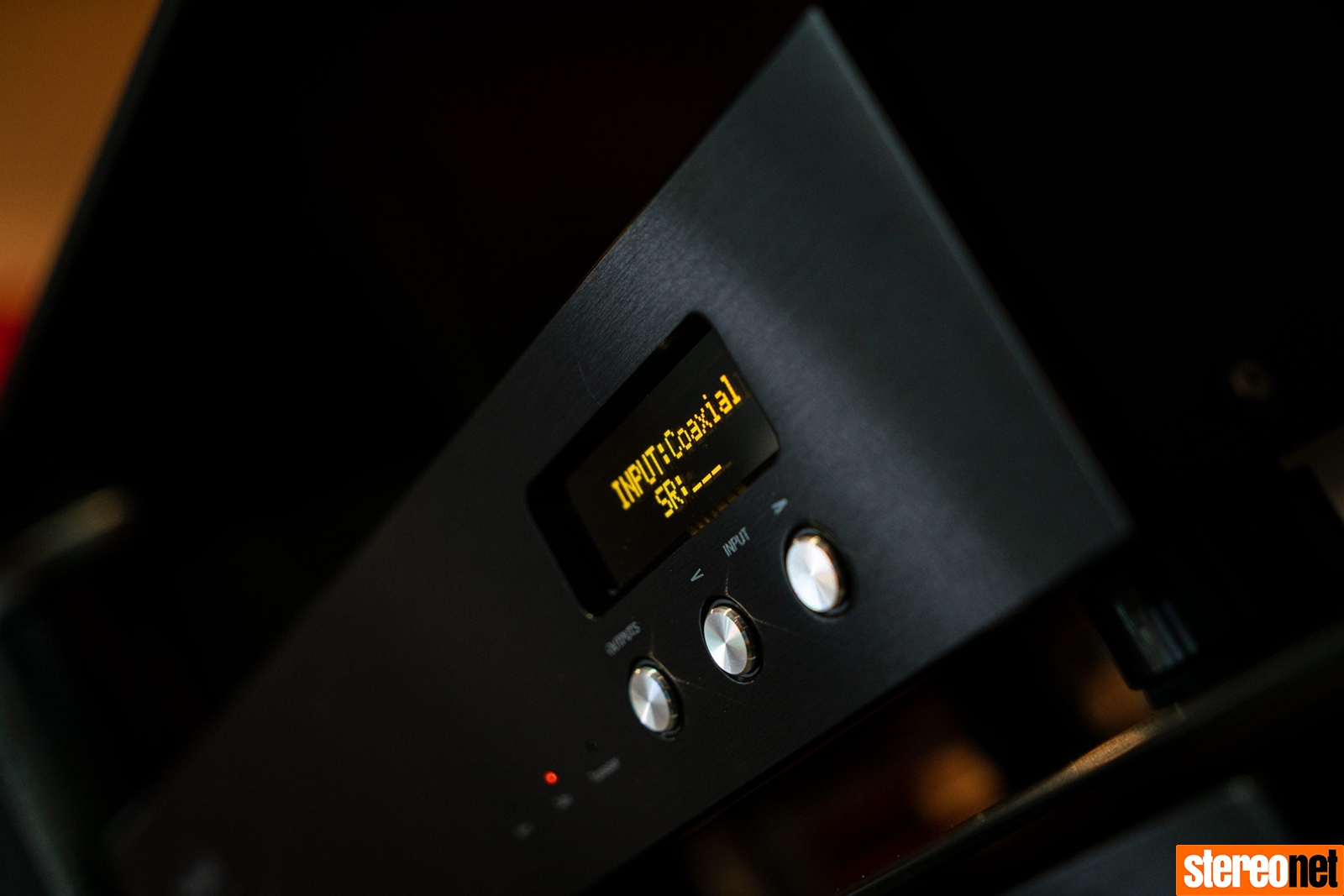
THE VERDICT
 Line Magnetic’s LM-32DAC is a capable digital converter at a reasonable price. Particularly via its tube-buffered output, it’s just a little on the warm side of neutral – and this could be a very useful thing for those running slightly forward sounding systems. Its excellent soundstaging is a win-win regardless of the type of ancillaries you’re using. Most of all, though, its overall flexibility is most welcome – its choice of outputs gives you greater flexibility over tuning a system to your taste, and that’s hard not to like. As such, it deserves to succeed, so anyone in the market for a mid-price DAC should hear it if they possibly can.
Line Magnetic’s LM-32DAC is a capable digital converter at a reasonable price. Particularly via its tube-buffered output, it’s just a little on the warm side of neutral – and this could be a very useful thing for those running slightly forward sounding systems. Its excellent soundstaging is a win-win regardless of the type of ancillaries you’re using. Most of all, though, its overall flexibility is most welcome – its choice of outputs gives you greater flexibility over tuning a system to your taste, and that’s hard not to like. As such, it deserves to succeed, so anyone in the market for a mid-price DAC should hear it if they possibly can.
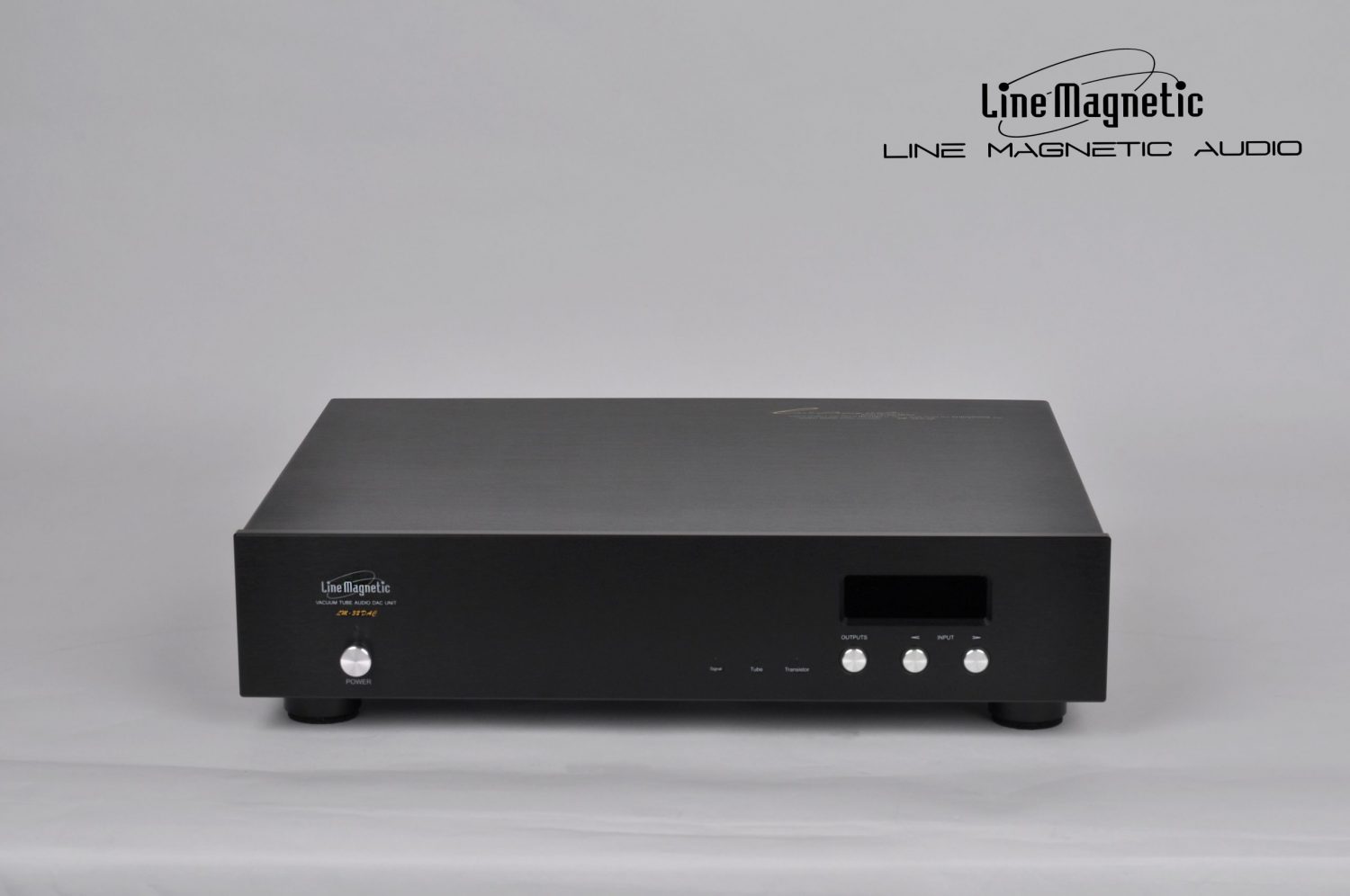


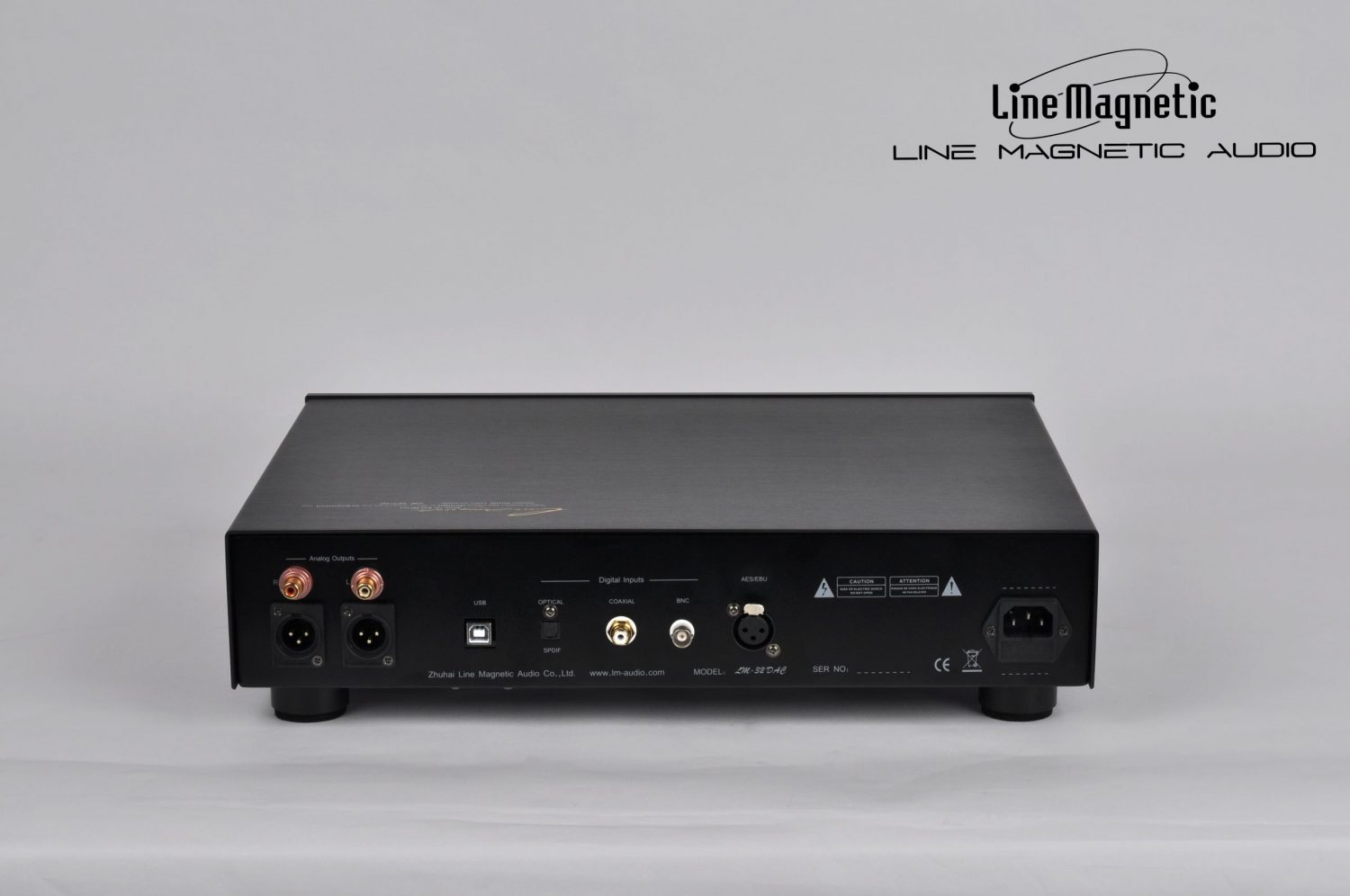
.jpg)
Features
- Designed with top grade ESS 9028Pro DAC chips
- PCM and DSD
- Separate power supplies for analogue and digital sections
- DAC with tubes as output but also switchable to a solid state
- Multiple inputs with wide range of input frequencies accepted
- High quality components
Tubes used in this DAC
Tube Buffer: 2 x 12AU7
Rectification: 1 x 6Z4
Tubes supplied Common replacements
12AU7 ECC82, ECC802S
Specifications
Sampling Rates: 32bit 44.1KHz 48KHz 88.2KHz 96KHz 176.4KHz 192KHz 352.8KHz 384KHz DSD64 DSD128 DSD256
Tube Output Impedance: 2KΩ
Solid State Output Impedance: 600Ω
Tube Output Level: 3V (+/-0.5dB)
Solid State Output Level: 2.5V (+/-0.5dB)
Tube THD: 0.5%
Solid State THD: 0.02%
Digital Input Impedance: 75Ω
Frequency response: 15Hz~50KHz (+/-1dB)
Dynamic Range: 120dB (A Weighted)
Tube S/N Ratio: 92dB
Solid State S/N Ratio: 98dB
Connectors
5 x digital inputs: AES/EBU, BNC, USB, Optical and Coaxial
1x Output RCA (pair)
1x Output XLR (pair)
Included Accessories
2x Fuses
1x Detachable power cord
Dimensions (W x H x D)
Dimensions: 430mm x 325mm x 105mm
Weight: 6.7 Kg
Finish: Black
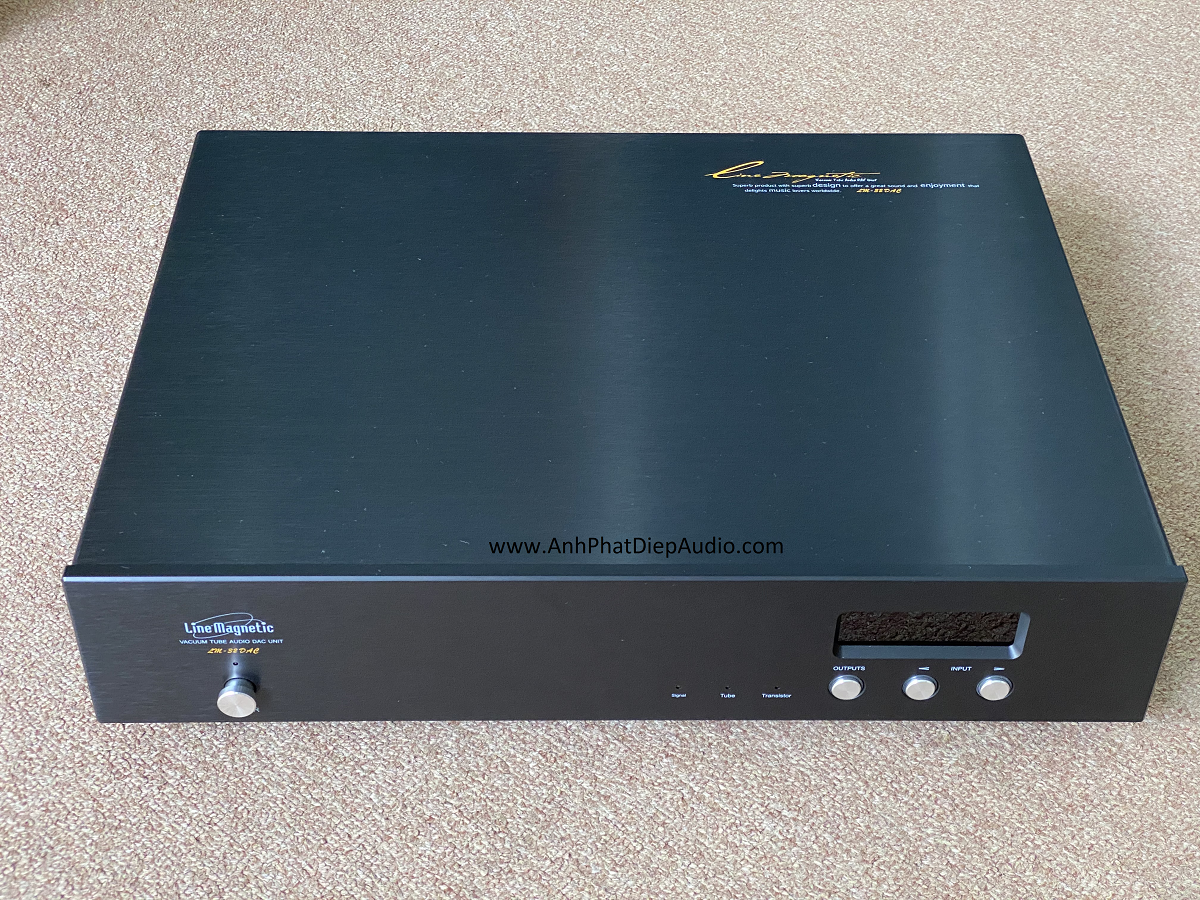
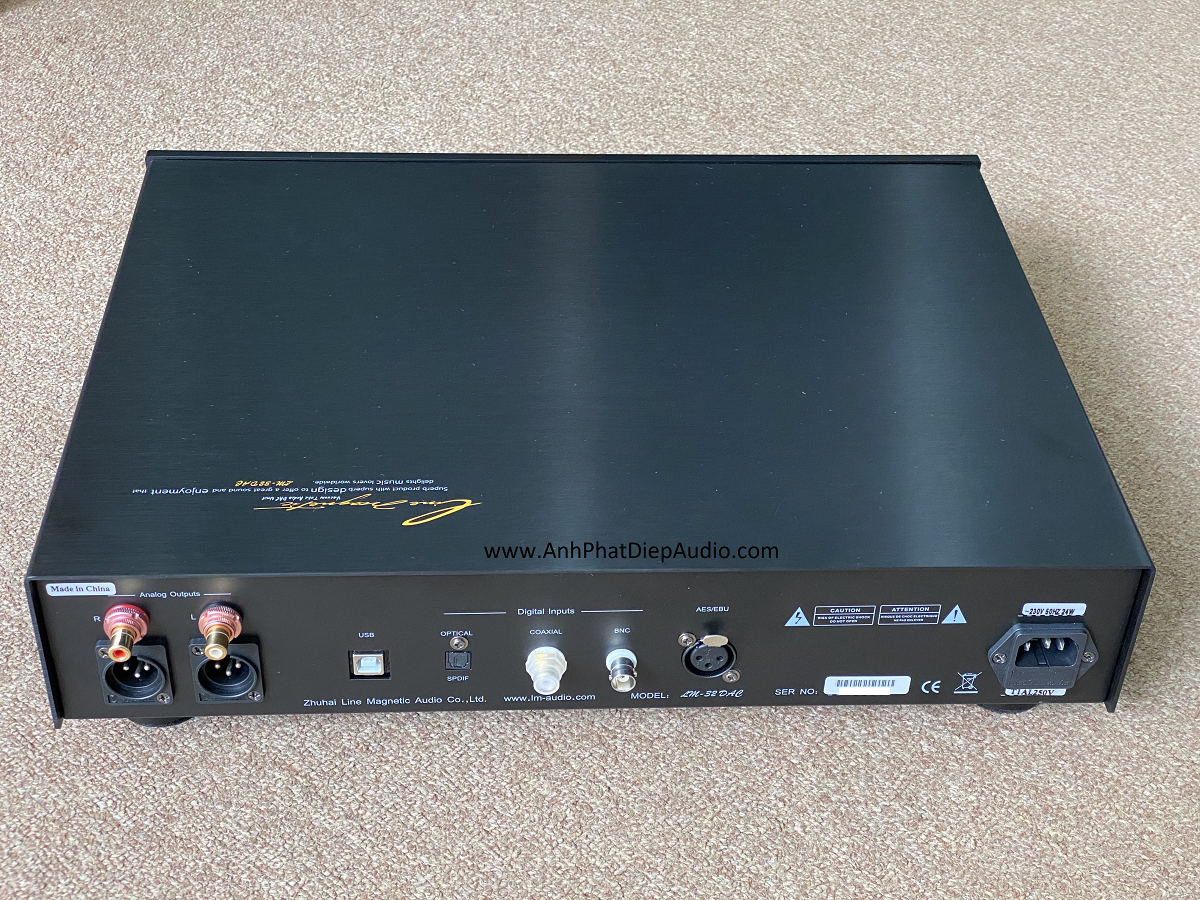
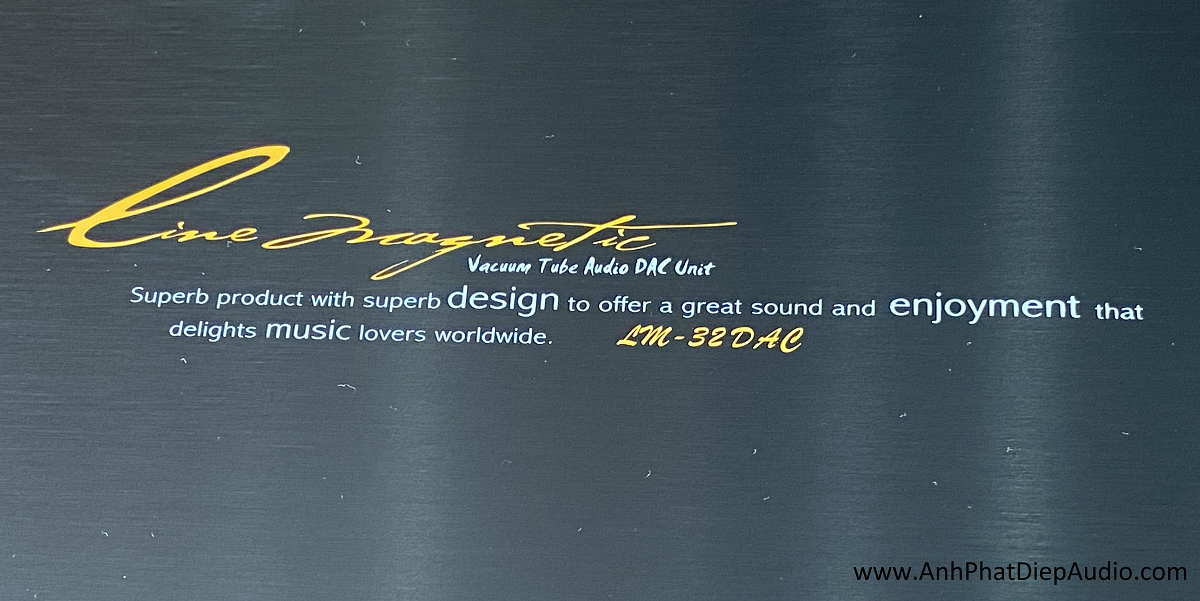
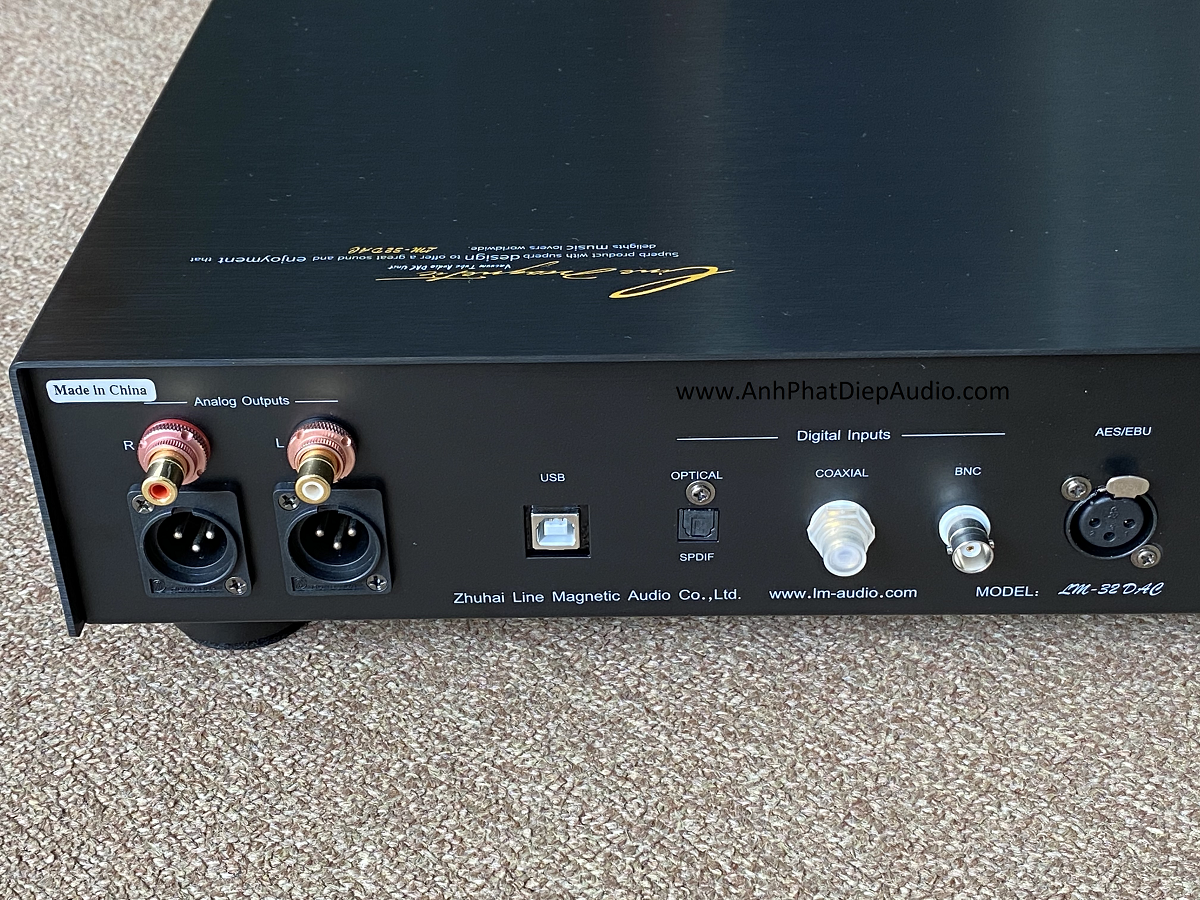
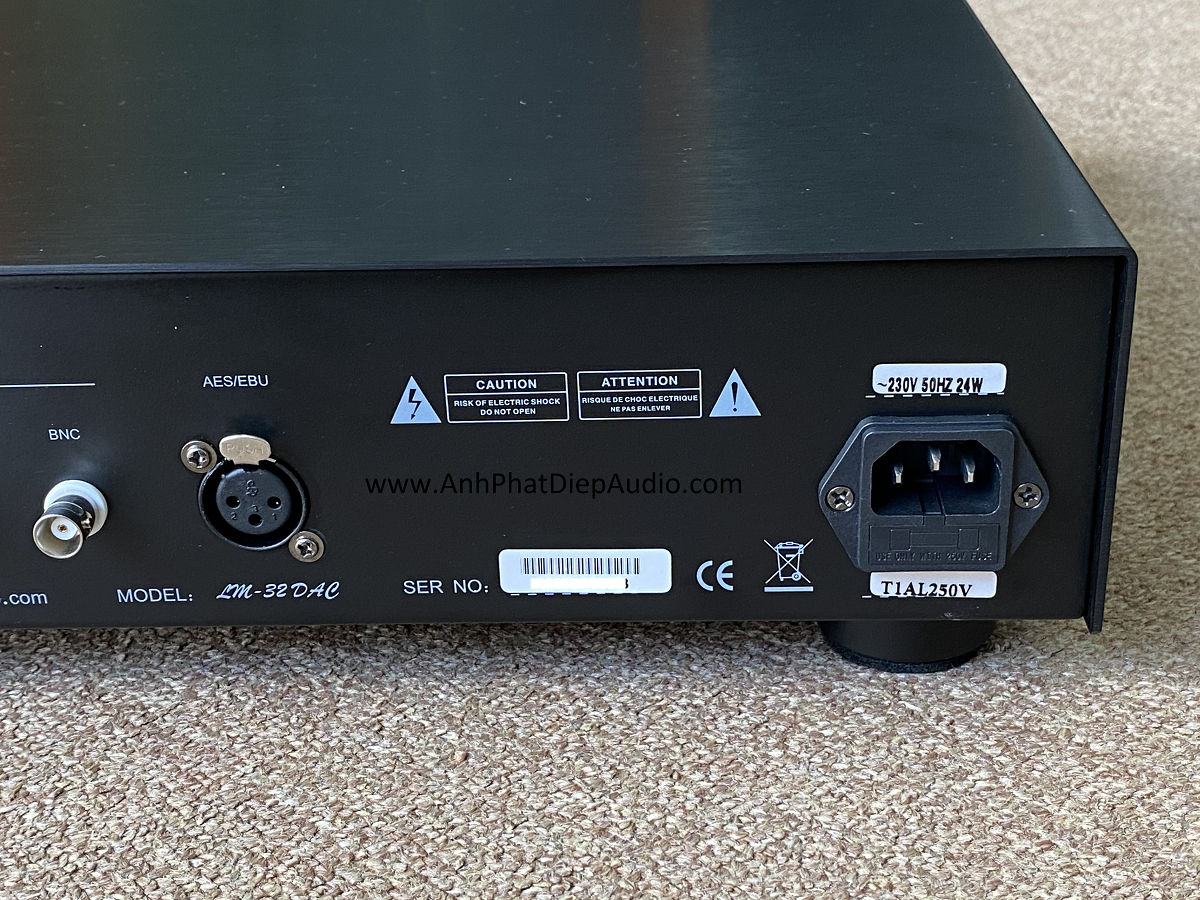
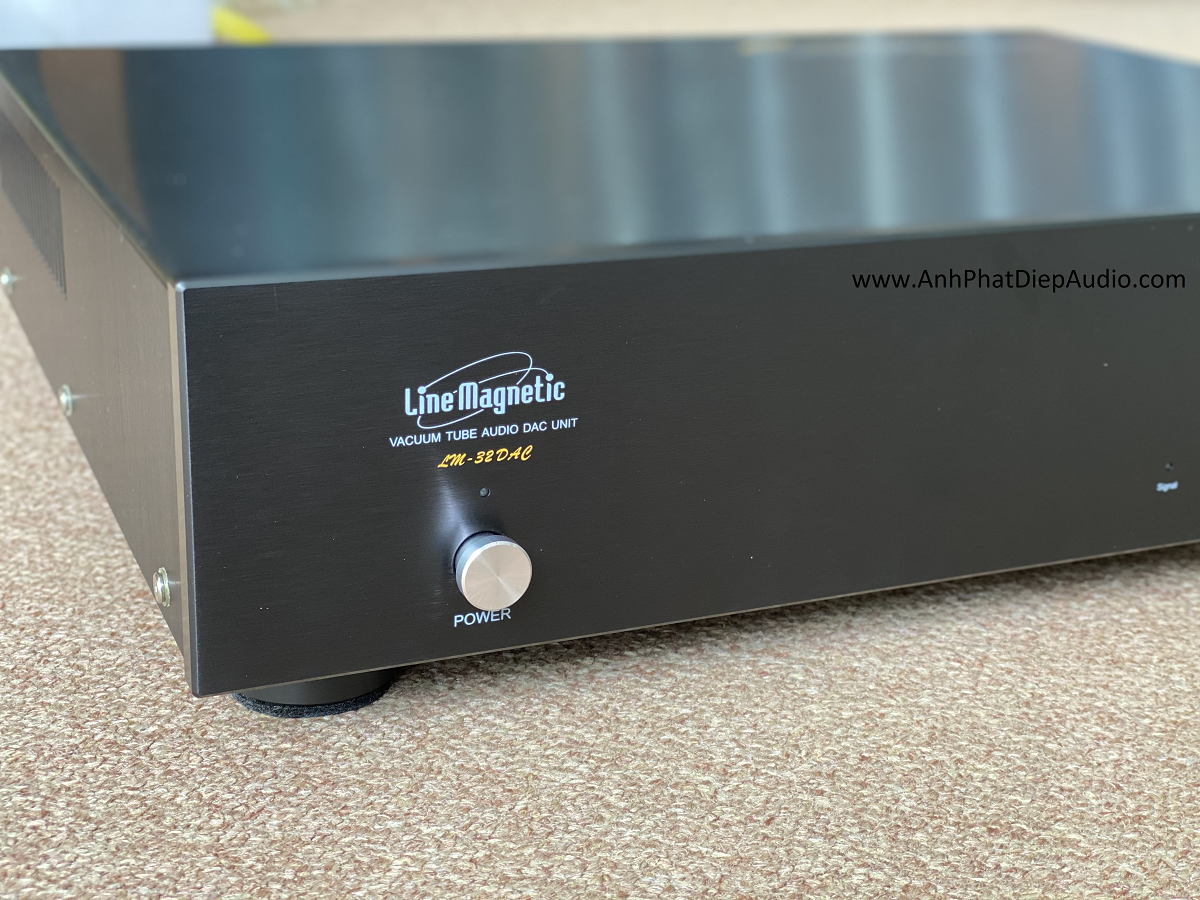
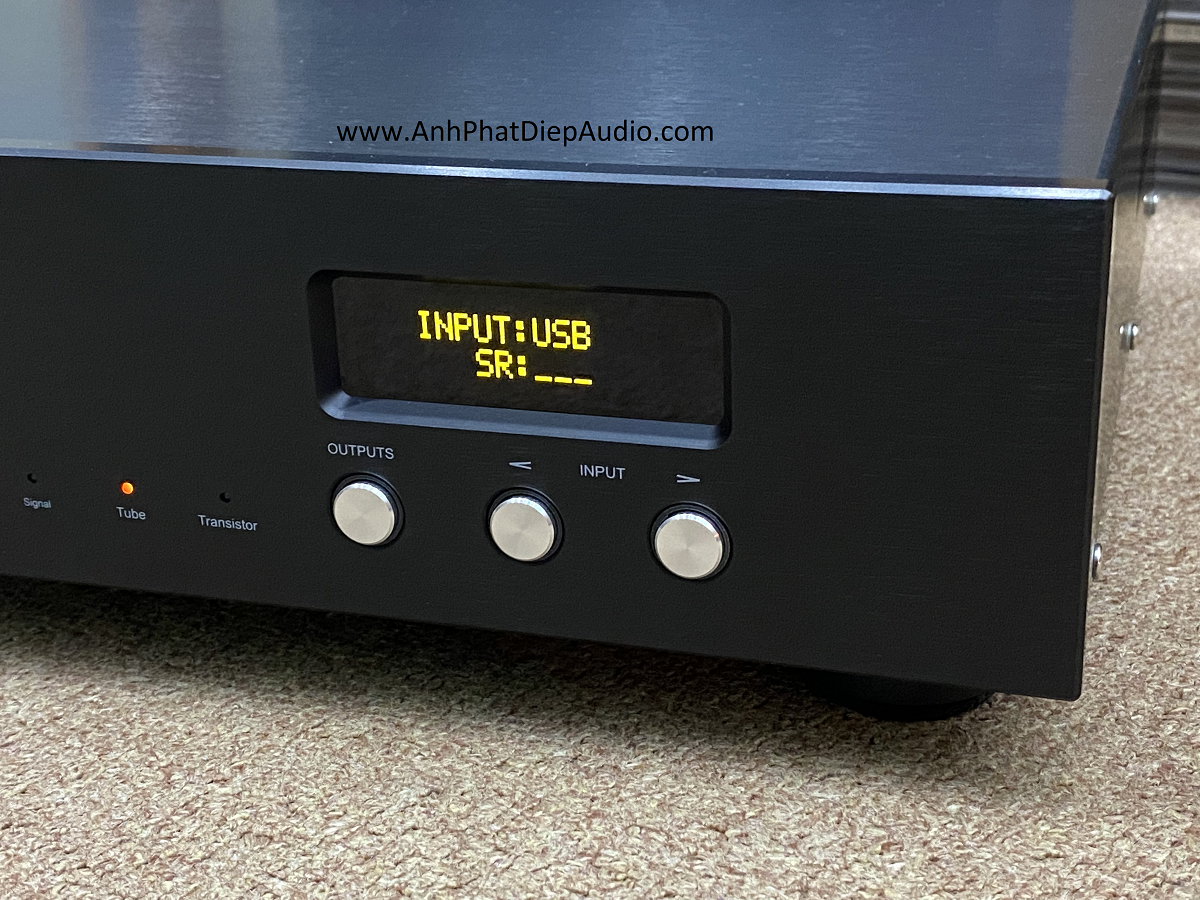












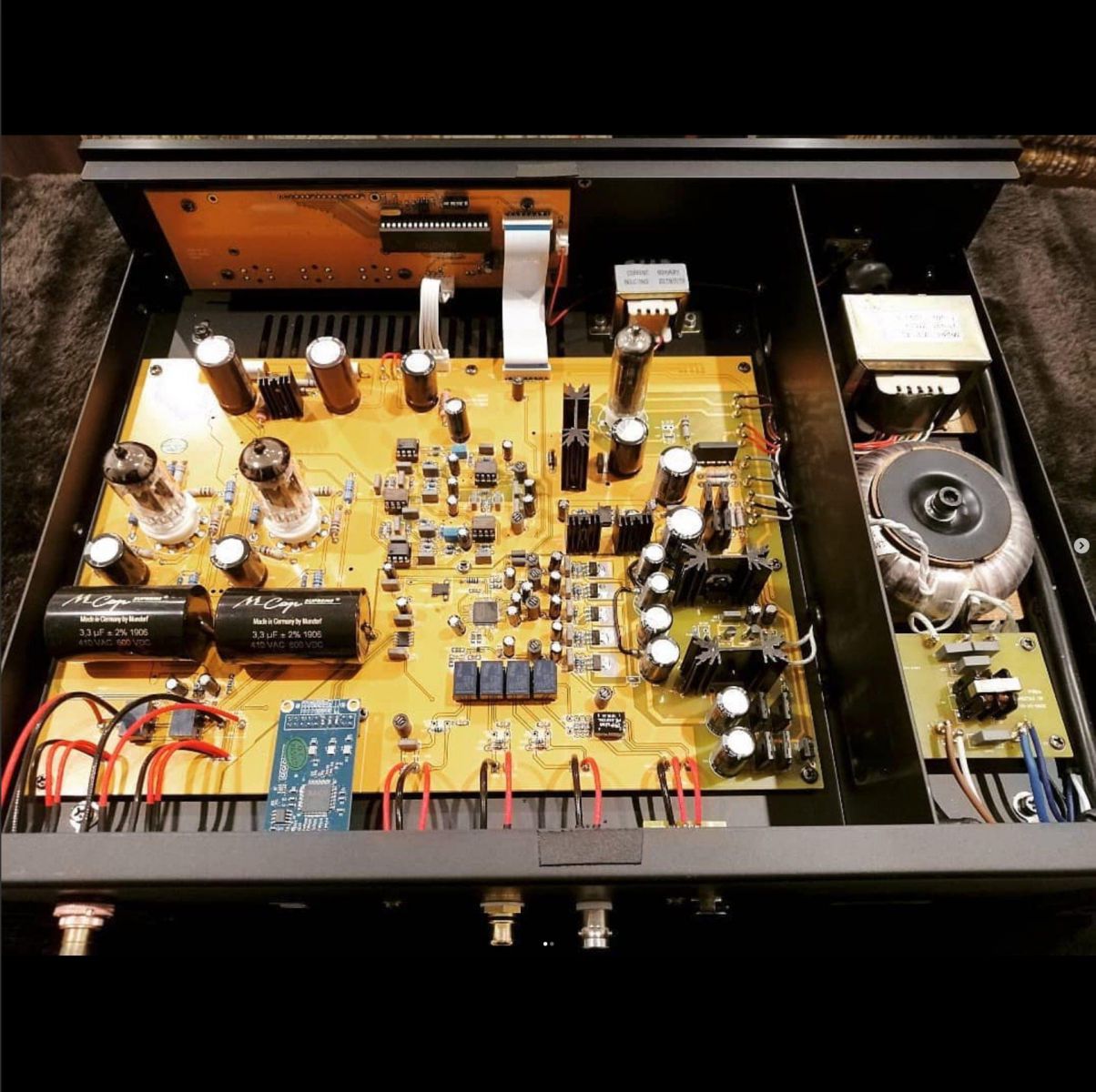





 177 Cao Đạt, Phường 1, Q.5, Tp. HCM
177 Cao Đạt, Phường 1, Q.5, Tp. HCM 0909259776 - 0762683380
0909259776 - 0762683380 thong.doan@anhphatdiepaudio.com
thong.doan@anhphatdiepaudio.com www.anhphatdiepaudio.com
www.anhphatdiepaudio.com